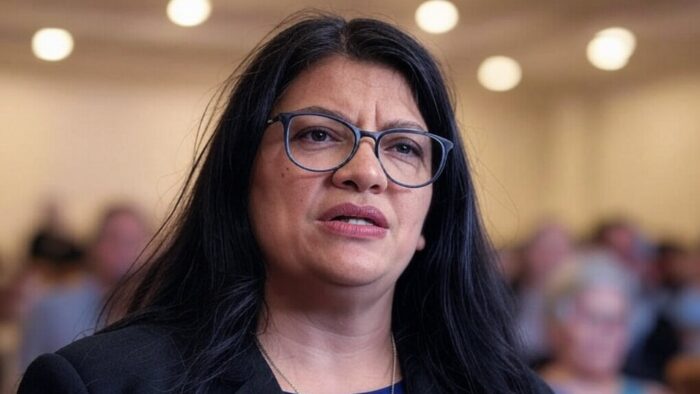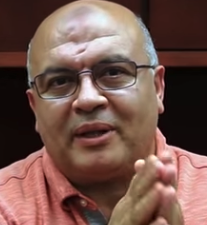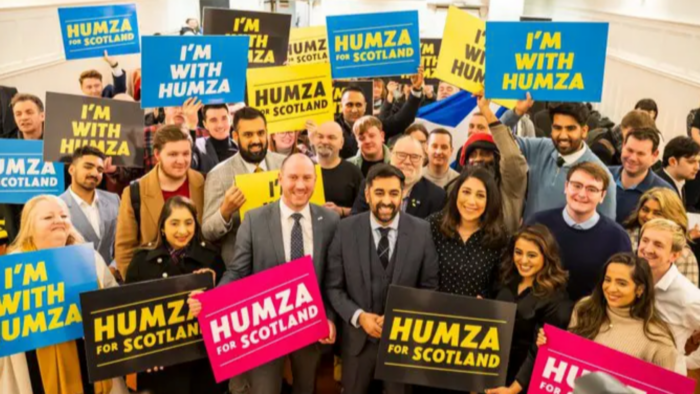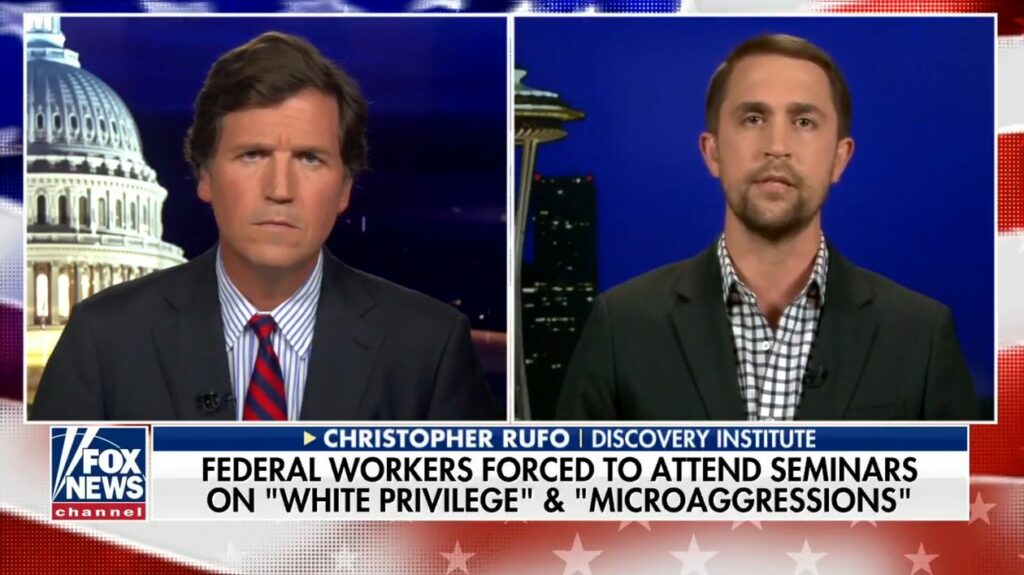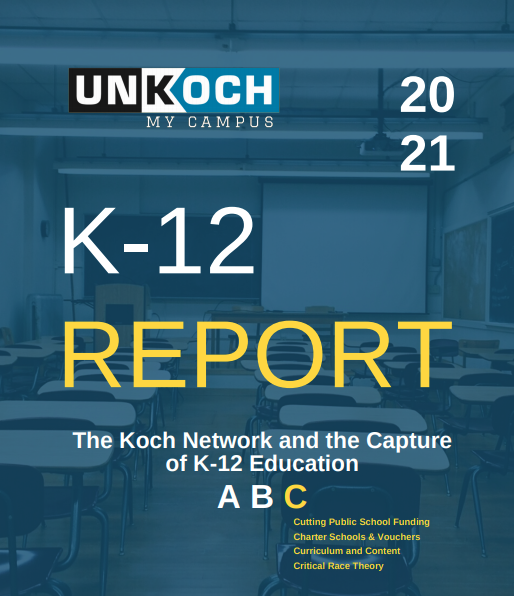US media reported last November on the role of right-wing influence networks in the US in promoting so-called “Critical Race Theory” as a hot-button issue in US politics. According to a USA Today report:
Nov. 15, 2021 Two years ago, the term critical race theory was largely unknown outside academia. This month, it helped determine an election. In Glenn Youngkin’s triumph in the Virginia governor race, the GOP beat Democrats at taking a decades-old framework about systemic racism and defining it for their base. Across the country, dozens of conservative candidates were elected to school boards riding a wave of sentiment against critical race theory. Those victories followed a surge of the term on cable news, stump speeches and even legislation. Critical race theory or “CRT” became a household phrase, absorbed into the American political bloodstream. But it didn’t start there. Critical race theory as a conservative talking point went through several iterations before appearing in the context of children’s education, part of a laser-focused, multiyear effort by a constellation of conservative activists, media personalities and strategists, a USA TODAY analysis shows. With each cycle, the phrase increasingly pervaded mainstream media, first as a critique of “woke” culture, then regarding racial sensitivity training and finally, most potently, in the context of K‑12 school curricula. Though Fox News eclipsed other networks on volume of critical race theory coverage, MSNBC and CNN consistently followed Fox, bringing critical race theory further into the mainstream and exposing it to vast audiences, according to a database of transcripts hosted at Stanford University. The same pattern is visible among conservative and mainstream news articles according to Media Cloud, a project hosted by the University of Massachusetts at Amherst, Northeastern University and Harvard University.
Read the rest here.
A US educational publication defines CRT as follows:
Critical race theory is an academic concept that is more than 40 years old. The core idea is that racism is a social construct, and that it is not merely the product of individual bias or prejudice, but also something embedded in legal systems and policies. The basic tenets of critical race theory, or CRT, emerged out of a framework for legal analysis in the late 1970s and early 1980s created by legal scholars Derrick Bell, Kimberlé Crenshaw, and Richard Delgado, among others. A good example is when, in the 1930s, government officials literally drew lines around areas deemed poor financial risks, often explicitly due to the racial composition of inhabitants. Banks subsequently refused to offer mortgages to Black people in those areas.
The Global Influence Operations Report (GIOR) has reported extensively on the controversy over CRT in the US, including Russian-backed attempts to use the issue to foster divisiveness in the US.
